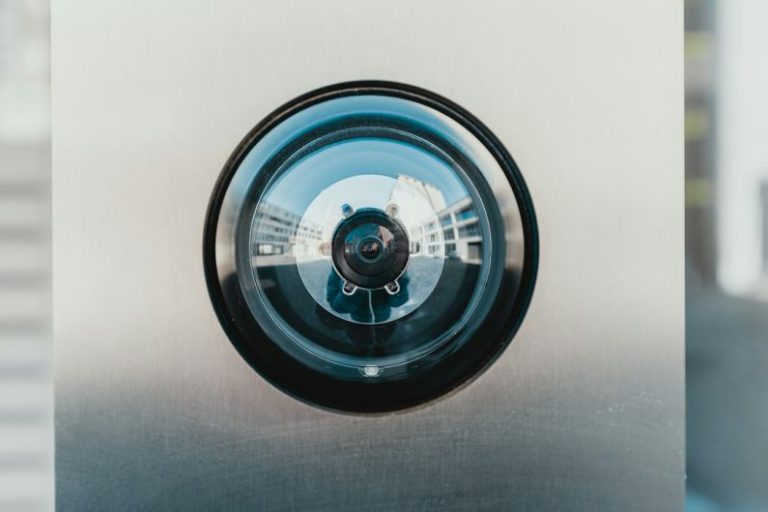How to Seal Windows and Doors for Better Energy Efficiency?
Windows and doors are notorious culprits when it comes to energy loss in our homes. Poorly sealed windows and doors can lead to drafts, increased energy bills, and reduced comfort. Thankfully, there are several simple and cost-effective ways to seal windows and doors, improving energy efficiency and saving you money in the long run. In this article, we will explore some effective methods to seal windows and doors and keep your home cozy and energy-efficient.
Identify and Seal Air Leaks
The first step in sealing windows and doors is to identify any air leaks. A drafty window or door can be easily detected by feeling for air movement or using a smoke pencil to detect air flow. Common areas for air leaks are around the window or door frame, sash or jamb, and the weatherstripping.
Weatherstripping for Windows
Weatherstripping is an effective way to seal gaps around windows and prevent air leakage. There are different types of weatherstripping materials available, such as adhesive-backed foam tape, V-strip, and door sweeps. Choose the one that suits your needs and apply it along the edges of the window frame to create a tight seal.
Caulking for Windows and Doors
Caulking is another essential method to seal gaps around windows and doors. It helps to fill in any cracks or openings and prevents air infiltration. Use a caulk gun and apply a continuous bead of caulk along the edges of the window frame or door frame. Smooth it out with a caulk tool or your finger for a neat finish.
Window Film for Insulation
Window film is an excellent option for improving the insulation of your windows. It acts as a barrier against heat transfer and reduces drafts. Window film is easy to install and can be applied directly to the glass surface. It is available in various thicknesses and can provide significant energy savings.
Insulating Window Treatments
Consider using insulating window treatments such as cellular shades or thermal curtains to further enhance the energy efficiency of your windows. These treatments have insulating properties and help to reduce heat loss during the winter and heat gain during the summer. They also provide privacy and add a decorative touch to your home.
Door Sweeps and Bottom Seals
Doors are another major source of air leakage in our homes. Installing door sweeps or bottom seals is a simple and effective way to seal gaps under doors. Door sweeps can be attached to the bottom of the door, while bottom seals can be installed on the threshold. These additions help to block drafts and prevent cold air from entering your home.
Check and Replace Damaged Seals
Regularly inspect the seals around your windows and doors for any signs of damage or wear. Over time, seals can become cracked, dried out, or loose, compromising their effectiveness. If you notice any issues, replace the damaged seals promptly to maintain optimal energy efficiency.
Conclusion: Enjoy a More Energy-Efficient Home
Sealing windows and doors is a worthwhile investment that can significantly improve the energy efficiency of your home. By following the steps outlined in this article, you can effectively seal air leaks and reduce energy loss. Not only will you enjoy a more comfortable living space, but you will also see a reduction in your energy bills. So, take action today and start sealing your windows and doors for better energy efficiency!






